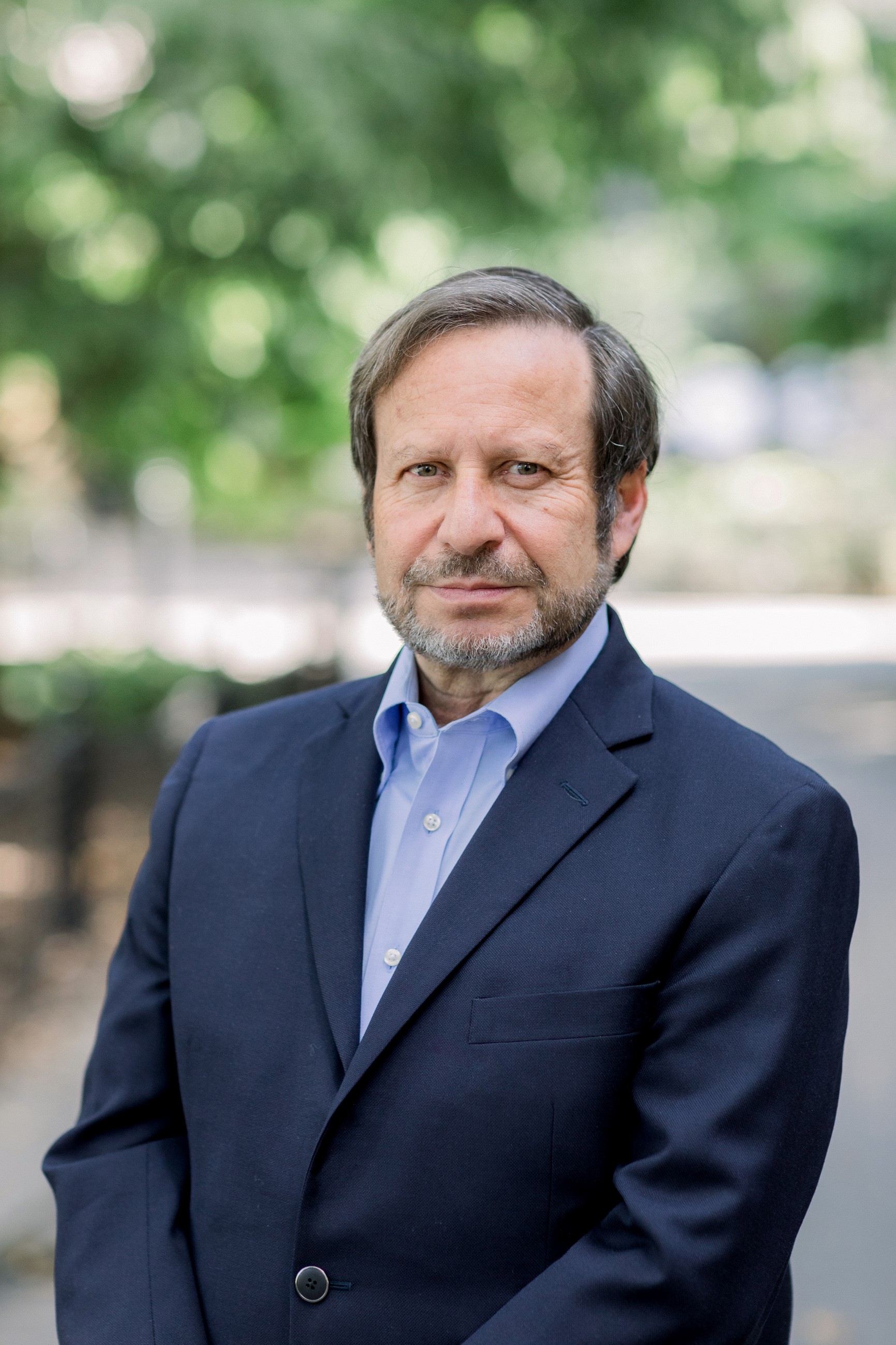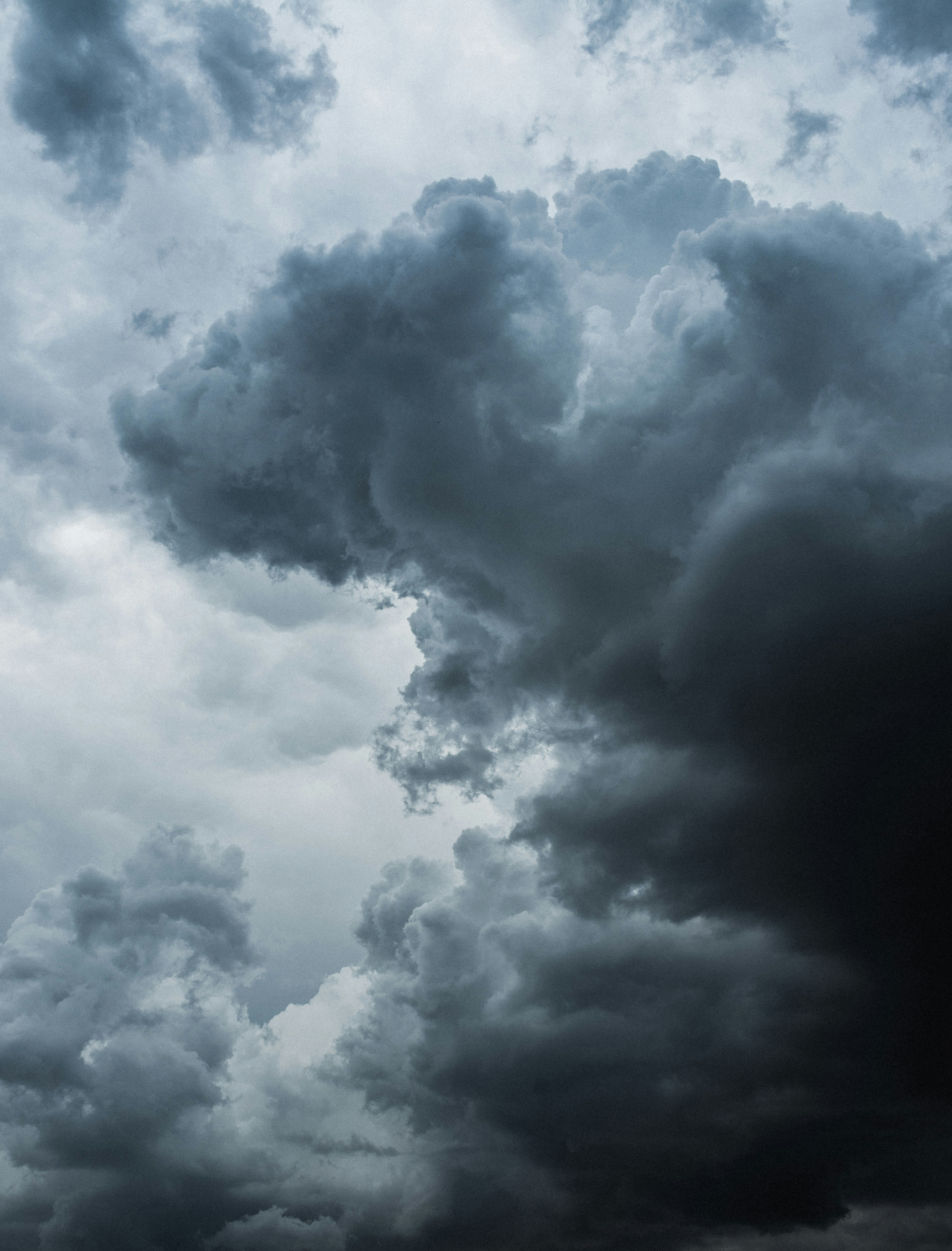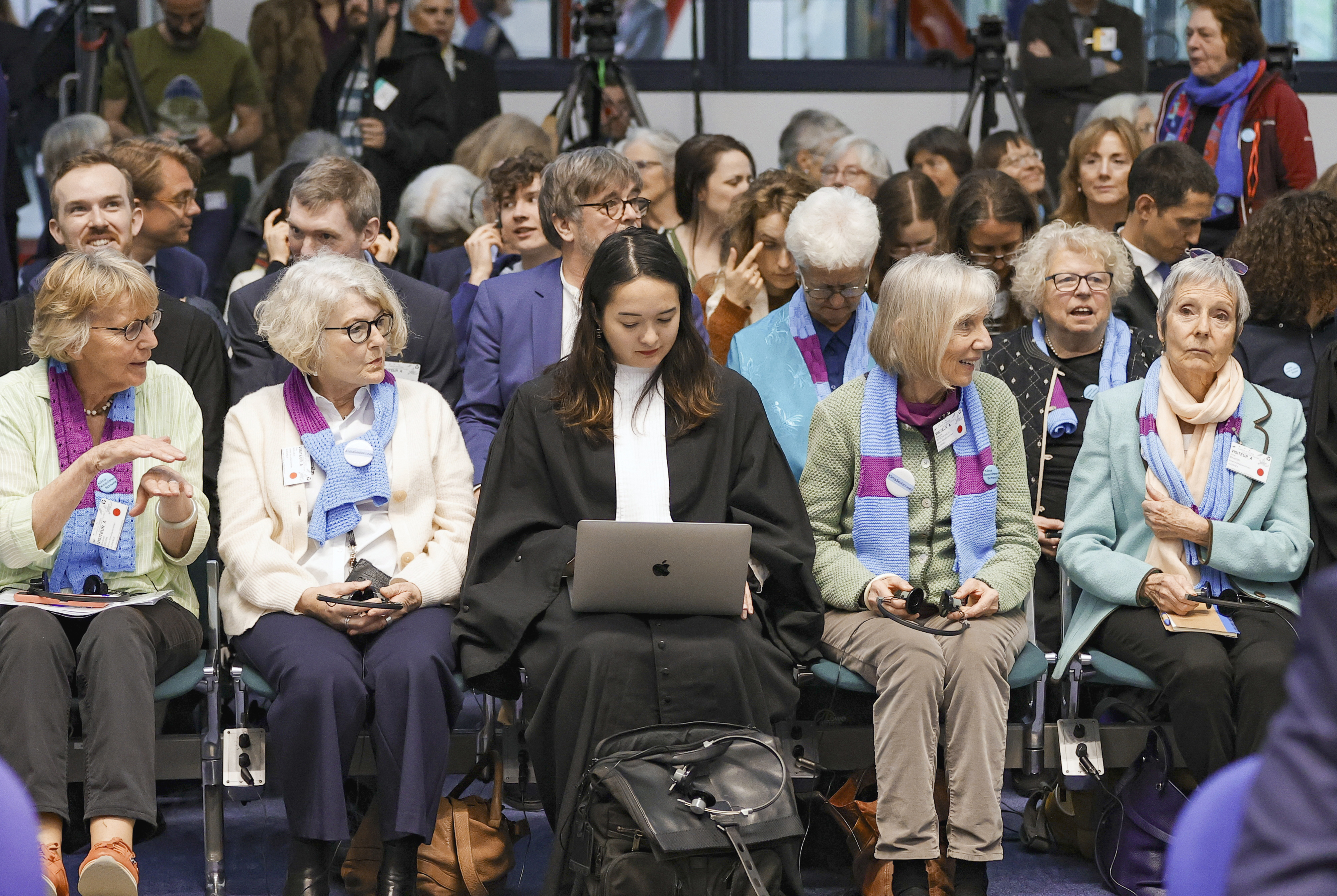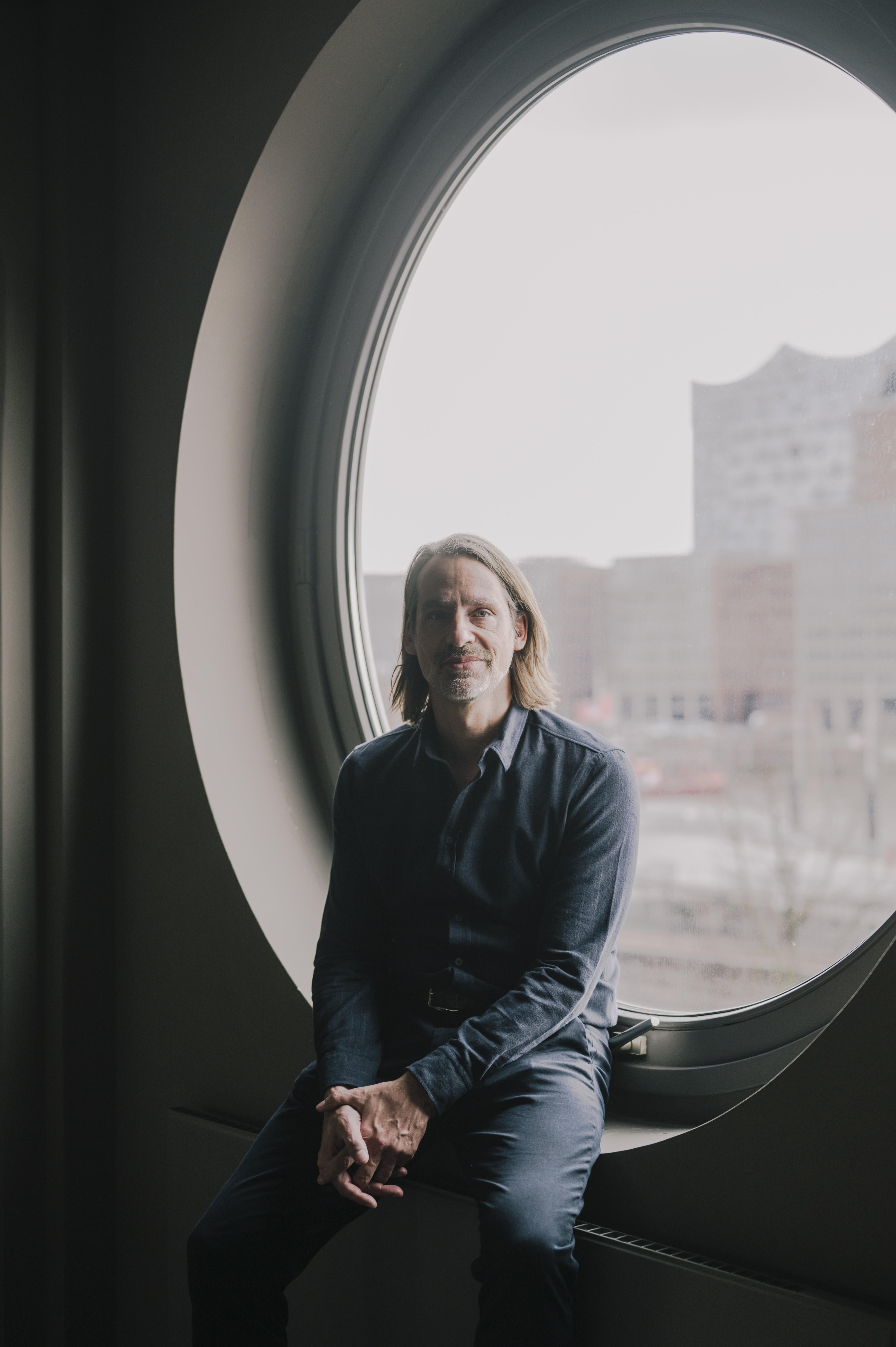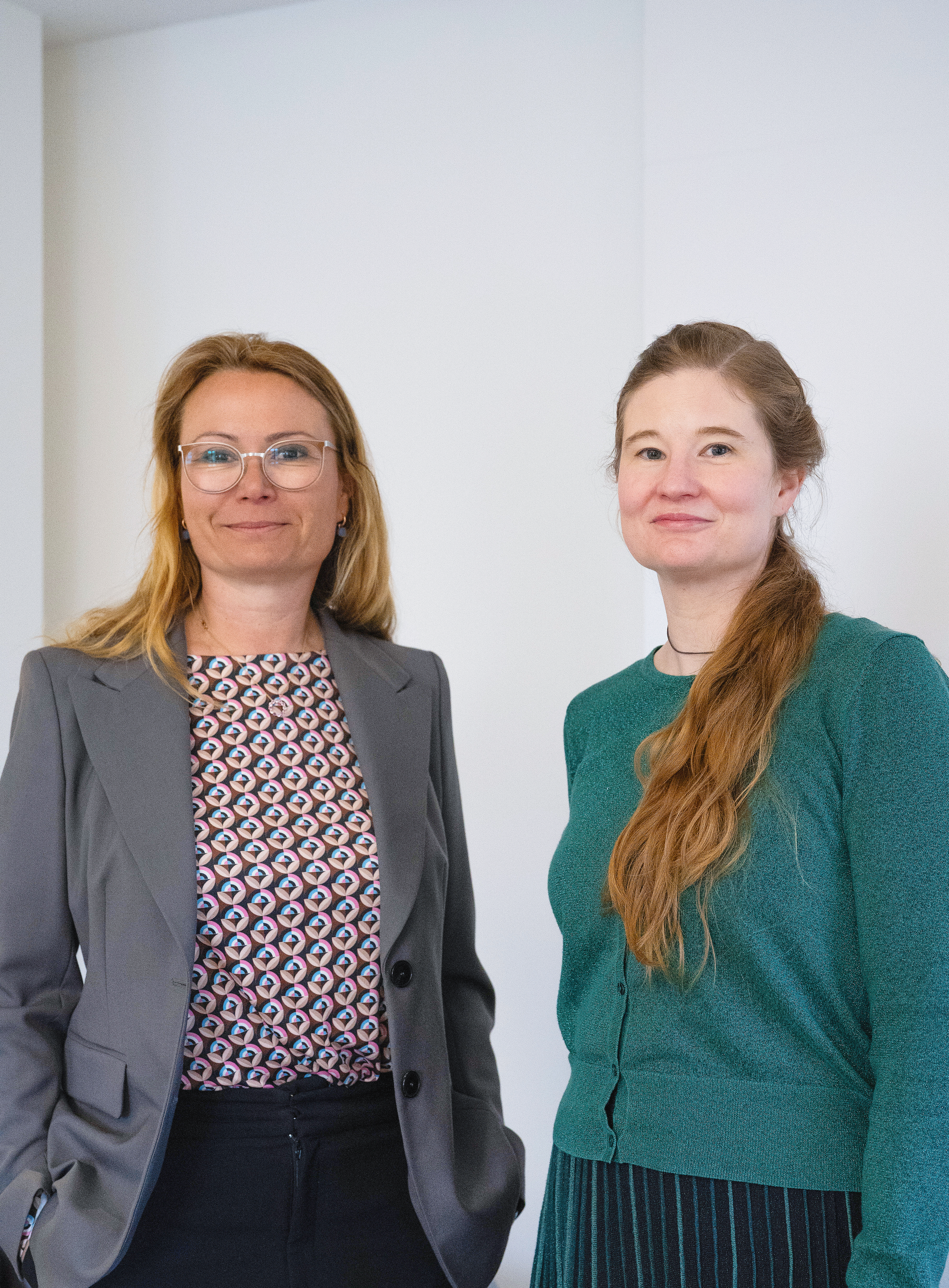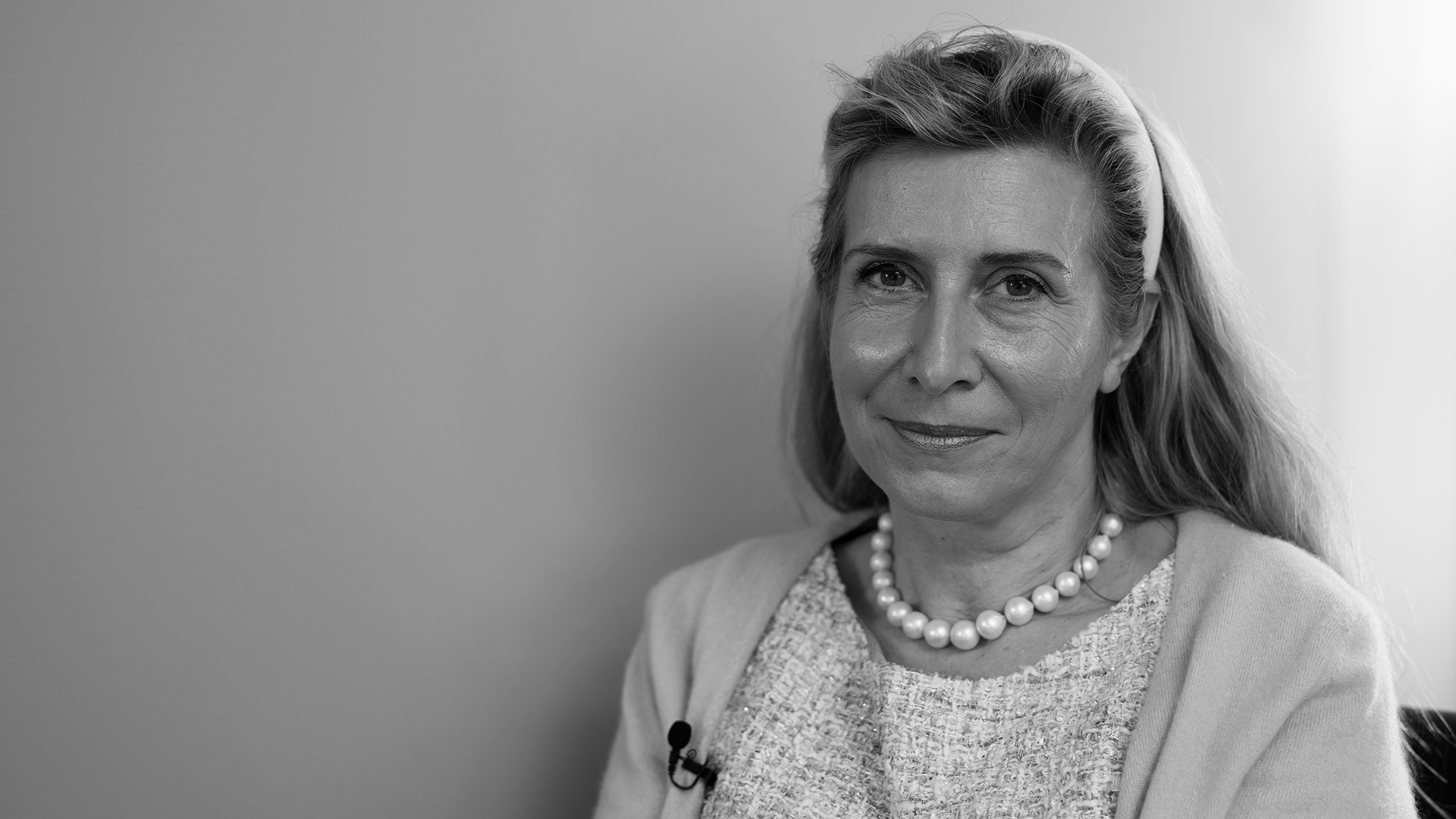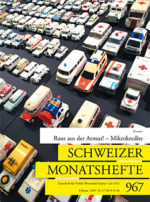
«Net Zero by 2050 is not very realistic without nuclear power»
Diversification is key for decarbonisation, says nuclear engineer Annalisa Manera. She believes that the mood is changing in favour of nuclear energy.
Lesen Sie die deutsche Version hier.
Switzerland wants to electrify mobility, phase out nuclear power, and at the same time become CO2-neutral. Is this going to work?
It will be a challenge. Switzerland needs to replace almost 25 terawatt-hours per year that’s currently produced by nuclear energy. Moreover, according to Axpo, we need at least an additional 25 terawatt-hours a year to electrify heating, mobility, etc. How is this to be done? In their renewable scenario, Axpo proposes a mix of solar, wind, and gas. They say we need at least 7 to 8 terawatt-hours per year of CO2neutral gas. CO2-free gas doesn’t exist yet at scale, and it’s difficult to produce it by 2040.
There are attempts to remove CO2 from the air.
The largest plant for sequestration by Climeworks can capture 38 000 tons of CO2 per year. Swiss nuclear plants save us 8 million tons of CO2 per year. That’s more than 200 times what this plant can capture. There are solutions being proposed, but the question is always about scale. It is already a huge challenge to just get the needed additional 25 terawatt-hours per year to fuel mobility, heating, and industry.
And now we are adding the challenge of replacing nuclear power.
With the technology at our disposal today, Net Zero by 2050 is not very realistic without nuclear power. The time and cost needed to expand the electrical grid to support the large expansion of renewables, is a formidable obstacle in itself. Even more challenging is what is going to happen after 2050, when on top of the required solar expansion, we will have to add the replacement of the solar panels we are installing today. In addition, in recent years we saw Germany, Spain, and Greece, curtail their solar and wind output, because they do not have storage technologies that are able to scale at the same speed at which solar and wind are expanding. The irony is not lost on me that in order to fight climate change, many are putting all their bets exclusivity on weather-dependent energy sources. Diversification should be key. Right now, Switzerland is among the few countries in Europe that has already reached almost zero CO2 emissions in its electricity mix. Currently, nuclear produces more than 40 percent of Switzerland’s electricity in winter and 36 percent over the entire year.
«Switzerland is among the few countries in Europe that has
already reached almost zero CO2 emissions in its electricity mix.»
You’re a professor for nuclear safety. What do you do as a nuclear scientist in a country that has decided to move away from nuclear?
There are still existing plants, and there is a large nuclear engineering sector that is actually expanding worldwide. The European Commission has just launched the European Industrial Alliance on Small Modular Reactors, bringing together about 3000 companies within the EU. We have more and more students who are interested in nuclear. It’s true that right now it’s not possible to build a new nuclear power plant in Switzerland. But who knows whether this would change in the future?
Do you expect it to change?
I don’t have a crystal ball to see the future. But I notice that the discussion is changing; more and more young people are convinced that nuclear power is one of the pillars of decarbonisation. In Finland, for example, one of the strongest supporters of nuclear power is the youth wing of the Green Party. Even Greenpeace is no longer opposing nuclear in Finland since they recognize that the key issue is the replacement of fossil fuels.
But didn’t the decision to stop building new nuclear plants lead to a loss of know-how in Switzerland?
Not yet. Four plants are still running, and we’re discussing extending their lifetime. Our master’s program has more than 200 graduates, and more than half of them have stayed in Switzerland. However, the question is whether we offer people who are now in their 30s and 40s a long-term perspective. They might think: «In 15 years, they’ll shut down the nuclear plants, and I will be 55 or 60. What will happen to me then?» So, the knowledge isn’t lost yet. But if we don’t act, we might reach a point where people prefer to move somewhere where they have better career prospects.
How did you come to study nuclear energy? What got you fascinated by it?
Originally, I wanted to study theoretical physics and quantum mechanics. However, the career prospects for a theoretical physicist were not very good in Italy. So, I chose nuclear engineering, which incorporated a significant degree of physics. Once I started my studies, I became fascinated and stuck to it. I didn’t really care about the opinion of other people concerning nuclear. Today, the situation is very different. I see that the technology is demonized because there is so much misinformation. At the same time, we have the very tangible danger of climate change. Nuclear power is one of the decarbonization solutions at our disposal. For my generation and the older ones, the consequences of climate change might not be that close. My son is 12 years old. When I think about him, the perspective changes.
The power plants that are still running are of the second generation. The reactors currently on the market are of the third generation, and reactors of the fourth generation are being built. What are the differences between the generations?
The reactors of generation three and three plus are cooled with water. Generation four reactors use liquid metals, gas, or molten salt. There is a misconception that reactors of generation four are safer than generation three. The goal of the fourth generation was to make reactors safer. But while it was developed, the water-cooled reactors developed as well. So now, the generation three and three plus have reached a safety level that is difficult to beat. What makes generation four different is that the efficiency of the thermodynamic cycle which converts thermal energy into electricity is higher. So, from the same heat, we can generate more electricity. The other thing is that the majority of generation four reactors use what we call fast neutrons instead of slow neutrons. Therefore, they can use their fuel more efficiently. Right now, we throw away 95 percent of the fuel that we put into a nuclear reactor. With generation four, we can use these 95 percent.
What is the most exciting development in the field of nuclear energy at the moment?
One is definitely small modular reactors. They can really be a game changer in terms of simplifying the construction sites of nuclear reactors and so contribute to speed up the time needed to build them. The other thing that is very exciting from a research perspective is microreactors. These are reactors which are much smaller, producing at most 10 megawatts of electric power. This is small compared to a large nuclear power plant, but it’s three to four times more than the output of a large alpine solar power plant. These microreactors are completely built in one factory, and then shipped for deployment. At the site of deployment, they can operate for more than ten years without any refuelling. This is useful for very large industries or remote areas, for instance mining operations. Currently, they can only use diesel. In the US, three universities plan to use a microreactor to power their campuses. Since they are using a much simpler system, the development has proceeded very fast and the first microreactor is already in construction.
Would a small modular reactor be an option for Switzerland?
Yes. To replace the 25 terawatt-hours from the current nuclear power plants, Switzerland could, for example, build two large reactors, or one large reactor and two or three small modular reactors.
Critics of nuclear energy argue that building a new power plant would take too long. How long would it actually take if we decided right now to build a nuclear power plant?
One thing is technology, the other thing is politics and the licensing framework. In terms of technology, let’s look at France for example. The vast majority of the nuclear power plants that France built between the 1970s and 2000s were constructed within five to six years. The reason it took so long to build the new reactors in Finland and France is because, on the one hand, the detailed designs of the plants were not yet finished at the time their construction started. On the other hand, these countries hadn’t built a power plant in 25 years. They essentially had to rebuild the entire supply chain. However, we wouldn’t have to do the same because, depending on where you order the reactor from, there is already an established supply chain.
What about licensing?
The licensing framework is divided into three parts: the general license for the site, the construction license, and the operational license. What’s unique to Switzerland is that the process can be opposed at each stage. If it’s opposed at the operational license stage after the company has already started building the reactor, it will critically delay the process. This means that the company which has taken a loan to build the reactor will have to pay more interest and the timeline to put the reactor in operation will be uncertain. This is why, with the current licensing procedure in Switzerland, I cannot imagine there would be a company willing to invest and build a power plant.
But wind and solar plants can also be opposed.
Yes, but to my knowledge they can’t be opposed after the plant has already received a construction license and construction has started.
Another criticism concerns the costs involved. Some people say that nuclear power is too expensive.
Of course, a nuclear power plant is more expensive than a solar plant, but it produces 400 times more energy. Furthermore, the question is: What are we comparing? Some people compare the cost per installed kilowatt of power. But if I install one kilowatt of solar power, I get 0,1 on average. If I install nuclear, I get nine times that. What we have to look at is the cost per produced kilowatt-hour. But even there, the comparison between solar and nuclear is misplaced because we are comparing a dependable energy source (nuclear) with an undependable weather-dependent source. For a fair comparison with solar and wind, you would have to include the cost of backup and storage.
Could a nuclear plant be built without subsidies?
The question is what subsidies mean in the context of a nuclear power plant. There are different models. In one model, the state participates in the costs of the power plant, making the state an investor who shares in the profits as well. One other model is that the state provides loan guarantees. The state would do this because if a project is considered high-risk due to opposition and other factors, the bank that gives the loan will ask for a very high interest rate. That makes the power plant more expensive. We also have to consider the perspective of investors. If a company has to decide whether to invest in some energy source where it receives subsidies or in another energy source where it doesn’t receive subsidies and has to bear all the economic risk (also the one associated with delays due to opposition), which one will it invest in? If the political climate regarding the acceptance or rejection of different energy sources are not the same, then it’s not the market that dictates which energy source the companies will select, but politics of energy. Today a company that builds a wind or solar plant can get up to 60 per cent of the cost subsidised and will not be responsible for the costs needed to extend the power grid.
A third criticism concerns safety. Even if it’s cheaper to build nuclear plants, we could still decide that we don’t want to risk it. The decision to get out of nuclear power was a consequence of the disaster in Fukushima.
It’s a political risk, not a technical risk. This was also mentioned in a recent interview by Antje Kanngiesser, the CEO of Alpiq. If you look at the new power plants on the market now, from generation three and three plus, they have a very different safety philosophy than the older plants and have incorporated many additional safety features. These features ensure that even in the worst-case accident scenario, if the reactor core is damaged and radioactive material is released, it stays confined within the containment vessel. The advancements in safety have been enormous. So much so that in the US, the Nuclear Regulatory Commission has already licensed a small modular reactor with an emergency planning zone coinciding with the perimeter of the plant itself. In other words: they no longer require an evacuation zone.
If your son asks you, «Are we going to solve the problem of climate change?», what do you say?
I’m not a climatologist. What I can say is: We know that climate change is happening; we know that we have to do something about CO2. If I look at my field, energy, we can ask ourselves how many countries have managed to eliminate fossil and nuclear energy at the same time. The answer is none – with the exceptions of Norway, which has 90 percent hydropower, and Iceland, which has 70 percent hydropower and 30 percent geothermal energy. Among the countries which are not blessed with such geography, none has managed to reduce CO2 emissions while simultaneously eliminating nuclear energy. How successful were the countries that have tried? Germany now has more than 50 percent renewable energy, but the rest is gas and coal. Their emissions per generated kilowatt-hour are 8 times higher than in Switzerland.
«Germany now has more than 50 percent renewable energy, but the rest is gas and coal. Their emissions per generated kilowatt-hour
are 8 times higher than in Switzerland.»
What gives you cause for optimism?
Many countries have recognized that nuclear power is an important part of the solution. Several countries are part of the European Nuclear Alliance which aims at 150 gigawatts of nuclear power in Europe by 2050. In the United States, nuclear power has strong bipartisan support. Even in Japan, the government declared nuclear power as a crucial component of their green transformation and is planning to build new nuclear power plants. The more countries start moving in that direction, the higher the chances that other countries will follow.
